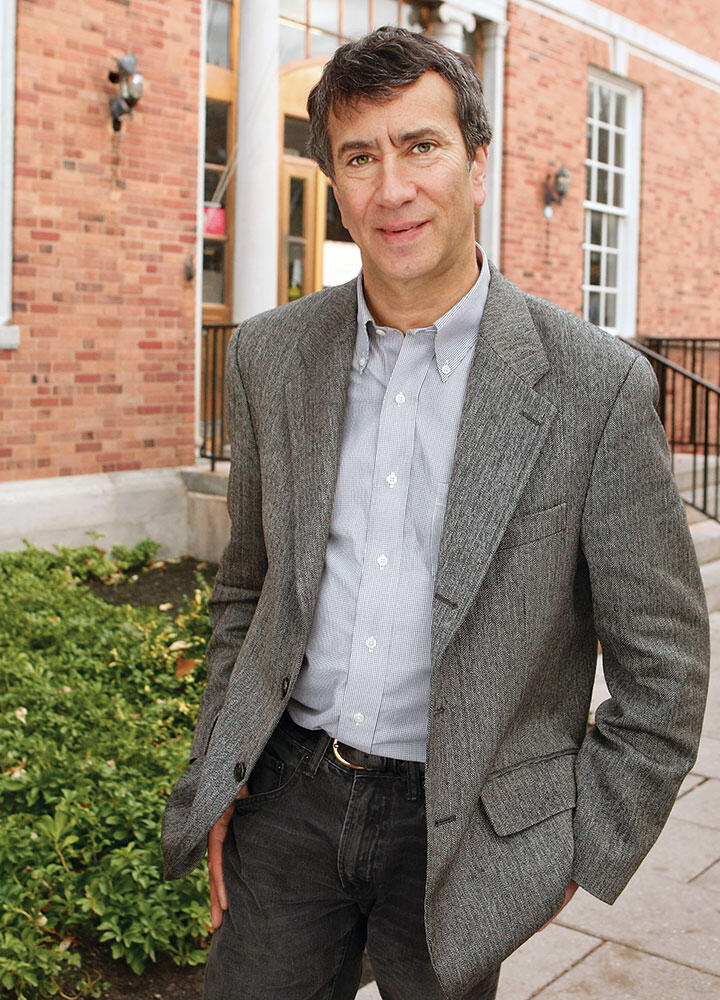Professor Sheldon Garon studies why Americans save far less — and spend and borrow far more — than people in most other developed countries. In comparing the last 200 years of saving and spending in the United States to Europe and Asia, he has concluded that it’s not nature or culture that makes us big spenders, but government policy and institutions.
The United States has a much weaker history of institutions that encourage “small savers” — people saving amounts that commercial banks generally consider too low to be profitable, says Garon, a professor of history and East Asian studies and the author of Beyond Our Means: Why America Spends While the World Saves. Victorian England was a pioneer in creating institutions such as postal savings banks, which offer banking services at the post office to ensure that working people in financially underserved areas can earn interest in no-fee accounts. Britain also was an early promoter of savings bonds and programs to teach children how to save. Japan and several European countries sent officials to study these programs and implemented similar ones at home.
These institutions were “explicitly designed as a social mission, to encourage people to build up their household assets,” Garon says.
Surprisingly, even countries with generous welfare provisions such as France have much higher savings rates than the United States, Garon points out, which contradicts some American economists who believe that welfare benefits discourage people from saving.
The American attitude toward credit — which encourages the use of credit cards and home-equity loans — contrasts with many European countries, where there is a social stigma against debt, Garon says. When Citibank tried to introduce an American-style credit card in Germany, it failed. (Most credit cards in Europe require one to pay the bill in full every month.)
“Many countries, particularly the European welfare states, feel society has to protect people from themselves. Americans no longer believe that,” Garon says. “They think everything’s personal responsibility. If you fall into debt and it ruins your life, that’s your choice.”
Americans were not always such poor savers. The mid-20th century was our “golden age” of saving. Spurred by World War II, the government promoted savings bonds and implemented policies to bolster savings. There even was a postal savings bank. Americans saved a healthy portion of their incomes and continued to do so in the years after the war, Garon explains. Household saving began to collapse during the 1990s, in part due to the rise of credit.
Nonetheless, Garon believes that Americans could become good savers again if the government created institutions like postal banking or subsidized no-fee, tax-free accounts for small savers at banks, as other countries do. “Not so long ago, our households enjoyed a healthy balance between saving and spending, with the help of government policy,” Garon says. “And it could happen again — if it became as easy to open a savings account as it is to get a credit card.”













No responses yet